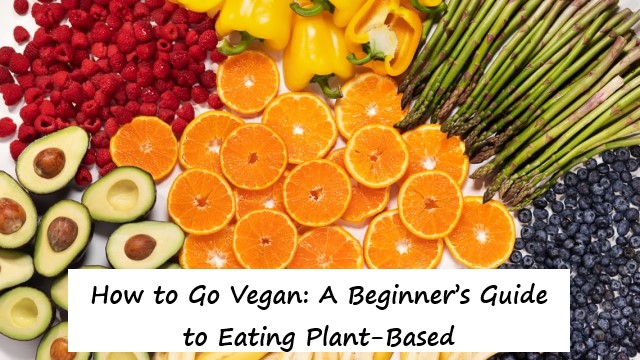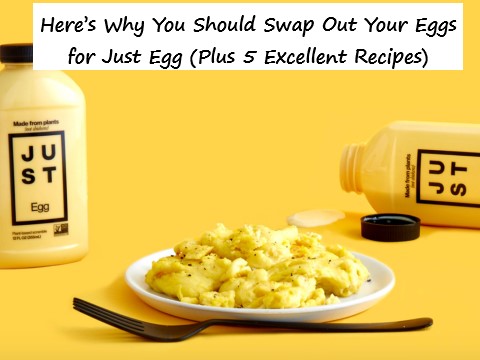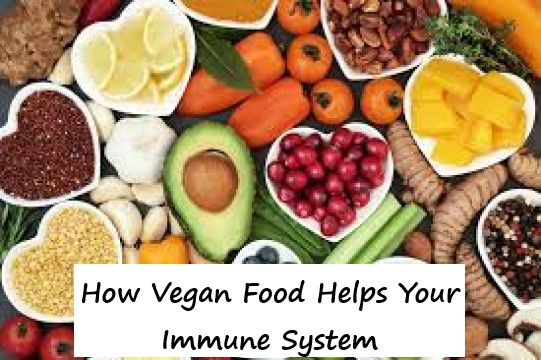For a long time, vegans were treated like a hippie niche interest group. They were parodied in TV shows like The Simpsons, when Lisa encounters a “level five vegan” called Jesse Grass who refuses to eat anything that casts a shadow and walks about with decomposing “pocket mulch.”
Fast forward 20 years from that episode, and veganism has become mainstream. Vegan food options have increased significantly in supermarkets, restaurants and other food outlets. There’s no longer a need to hunt down a peacenik vegan café in a bohemian part of town. Veganism is everywhere.
In the U.S., for instance, 3 percent of people follow a vegan diet with another 6 percent identifying as vegetarian, and that number is rising – particularly among women and younger demographics. This is due, in part, to campaigns like Veganuary, a non-profit that encourages people to try vegan for January, and a rise in endorsements from celebrities and sporting icons.
The reasons for adopting a vegan diet vary. Many avoid using or eating products derived or tested on animals due to ethical concerns; others worry about the impact of animal agriculture on climate change and biodiversity loss. But many – about 17 percent – are attracted by the perceived health benefits of a vegan diet.
A vegan diet is essentially a plant-based diet that avoids all animal foods, including meat, fish, shellfish and insects, but also dairy, eggs and honey.
A vegan diet can be healthy as it is typically higher in fiber and lower in cholesterol than an omnivorous diet. As a result, some studies find a vegan diet lowers the risk of heart disease and premature death, helps manage type 2 diabetes and reduces the risk of cancer.

Is a vegan diet nutritious?
Some people worry that a vegan diet lacks certain nutrients. The absence of meat, dairy and eggs causes concern about protein and iron deficiency, for instance. However, Dr Sally Phillips, Head of Health Services at Australia, says there is little to be concerned about.
“A well-balanced, plant-based diet will provide adequate amounts of essential amino acids and not cause protein deficiency. For instance, soybeans are a good source of protein with soymilk having roughly the same amount of protein as cow’s milk,” says Dr Phillips.
“And many plant-based foods are rich in iron, including kidney beans, soybeans, spinach, raisins, cashews, and oatmeal.”
One deficiency vegans must manage, says Dr Phillips, is a lack of vitamin B12, which is found in meat, fish, eggs and dairy, but not in fruit or vegetables. It plays an essential role in the production of red blood cells and the functioning of the nervous system, so Dr Phillips recommends vegans obtain B12 from fortified foods or vitamin supplements.
Can veganism be unhealthy?
But a vegan diet is not necessarily a healthier lifestyle. For further information please follow https://thevegangarden.com/‘s articles.
“There’s often a misconception that a vegan diet is always healthy,” says Rachel Gawler from UK, who became vegan in 2015. “If you’re like me and you like pizza, pasta, chocolate, fries; then all of that is available ‘veganized’. You can follow as much of a junk food diet as a vegan as you can a non-vegan.”
Vegan food alternatives, such as butter and cheese, can be worse for your health than the non-vegan versions. There’s also been a rise in the availability of vegan junk food like sausage rolls, fried fish and much else. Even KFC and Burger King offer vegan burgers, with McDonald’s testing its new McPlant burger in some markets.
But some vegan diets do have a strong health ethos. One growing in popularity is the whole food plant-based diet that avoids processed and unhealthy vegan foods, such as coconut products that are high in saturated fat content.
A ‘miracle’ diet
Irina Singer, who works in a corporate center in Switzerland, describes her transition to a whole food plant-based diet as “a miracle” due to the positive impact it has had on her health.
Irina suffered from lung issues after part of her lung was removed when she was a small child. She experienced frequent lung infections and pneumonia on two occasions, which required her to regularly take antibiotics and other medication. Then, in 2013, Irina started to follow the whole food plant-based diet.
“I haven’t been ill since I adopted the diet; and I have been antibiotic- and medication-free for seven years,” explains Irina.
“I have clearer skin, more energy, very good digestion and a better quality of life. I take on new challenges, travel, do sports, and spend more quality time with my kids without fear of getting sick. Ultimately, it has helped me to advance my career and be a better mother,” she adds.
Is veganism healthier?
“Vegan diets are potentially very healthy as they are high in fruit, vegetables and legumes, and are even better if you include nuts, wholegrains and beans and lentils, as well as chia, hemp and flax seeds,” says Dr Phillips.
“This means it can be especially beneficial for those with obesity, Type 2 diabetes, high blood pressure, lipid disorders, or cardiovascular disease.”
As diet is a key element in helping prevent conditions occurring, so Dr Phillips recommends that anyone who decides to follow a vegan diet should see it as an opportunity to learn more about nutrition, including how to balance food groups, and the roles of fortified foods and supplementation.
But meat-eaters should not despair. You don’t have to be a vegan or vegetarian in order to eat healthily.
“A healthy omnivorous diet, such as the Mediterranean diet, which is high in fruit, vegetables, legumes and low in meat, can be at least as healthy as a vegan diet,” says Dr Phillips. “But try to reduce the amount of red and processed meat in your diet.”
In addition, “Eat more plants,” adds Mark Muir from UK, who became a vegan to reduce his personal impact on the environment. “Personally, I think the best approach is to find a diet that works for you and to focus on reducing your meat and dairy consumption, rather than strict abstinence.”
And for both vegans and meat-eaters. Cut back on the junk food. Best leave those unhealthy burgers to Homer Simpson!
It is always important to talk to your doctor or a health professional before embarking on any new exercise, health or dietary regime.






